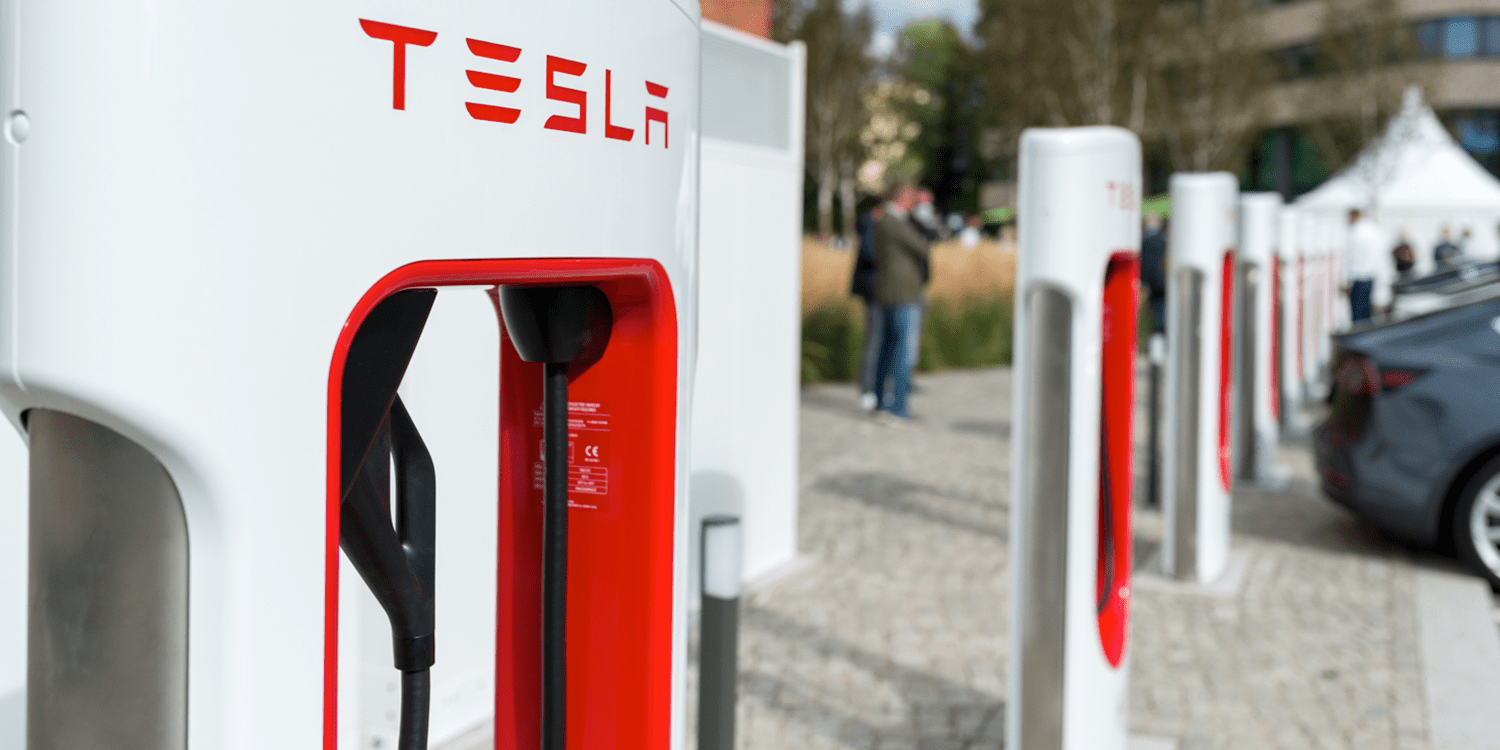The European Union released a further 352 million euros in infrastructure funding (AFIF) for 26 projects. These will result in 12,000 charge points and 18 hydrogen refuelling stations at roads, airports, and harbours.
Among the listed projects, Tesla is the biggest beneficiary, receiving €148.7 mn to install 7,198 charge points with a capacity of 250 kW each at 687 locations in 22 countries. This means the EV manufacturer scored 42 per cent of the funding.
It is a result Tesla has reportedly also achieved in the latest NEVI funding round in the USA, where it scored 18% of sites.
The EU funding includes both new and existing Superchargers to be replaced.
The 26 projects come from 12 Member States. Second after Tesla was Atlante, receiving nearly 50 million euros to build charging stations in Portugal, Spain and Italy. Other beneficiaries include oil and gas corporations Shell and Total.
In addition to EV charging and hydrogen filling stations, this funding round focuses on the electrification of ports and airports. The list includes the Port of Rotterdam and 37 Spanish airports. Paris’ main airport, Charles de Gaulle (CDG), also received funding to clear its ground operations.
The EU’s financial contribution comes as grants with different co-financing rates or unit contributions depending on whether the project is in a country eligible for Cohesion Fund support. However, the funding confirmation is provisional: the EU Commission must still formally adopt the decisions.
This is the fourth round of funding through the Alternative Fuels Infrastructure Facility (AFIF). The EU released 189 million euros in the third AFIF round in March for around 2,000 new charging points and 63 new H2 filling stations. Applications for the fifth round are already open. The final deadline is 7 November 2023.
AFIF comprises a €1.5 billion budget for the period 2021 to 2027. It combines grants from the European Transport Infrastructure Support Programme and the Connecting Europe Facility (CEF) with capital from financial institutions to increase the impact of the investments. The main objective is to contribute to the decarbonisation of transport along the TEN-T network. TEN-T refers to a planned network of road, rail, air and water fuelling station connections in the European Union. It complements similar efforts in the telecommunications and energy sectors.
cinea.ec.europa.eu, cinea.ec.europa.eu (PDF, list of all projects)

